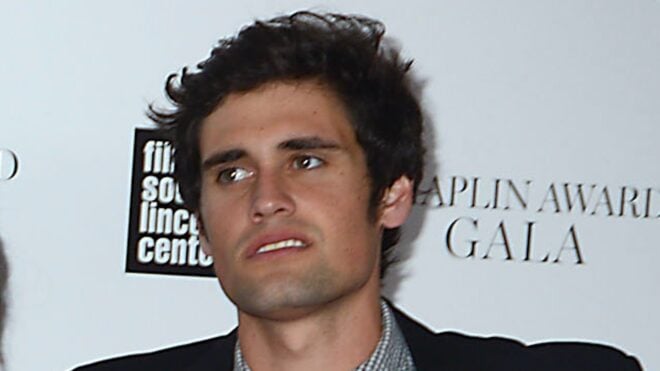If there's one thing the internet loves, it's a good challenge.
Just ask the millions of people who lost a good chunk of their day trying to find the panda in this crowd of snowmen.
This week, more than 100 years after it was initially sketched, a seemingly innocent black-and-white drawing of an animal is testing the eyeballs (and patience) of everyone who sees it.
The question that's giving everyone fits: Do you see a rabbit or a duck in this picture?
Made popular by American psychologist Joseph Jastrow in 1899, the amazing drawing is meant to make a point about how our eyes perceive things — and how easily that perception can be influenced by our brain.
According to experts, what you see (and how fast you see it) says a lot about who you are and how you think.
Scroll through below to learn more about this perplexing brain teaser!
Which animal did you see first? Let us know in the comments.
[H/T: Inquisitr]
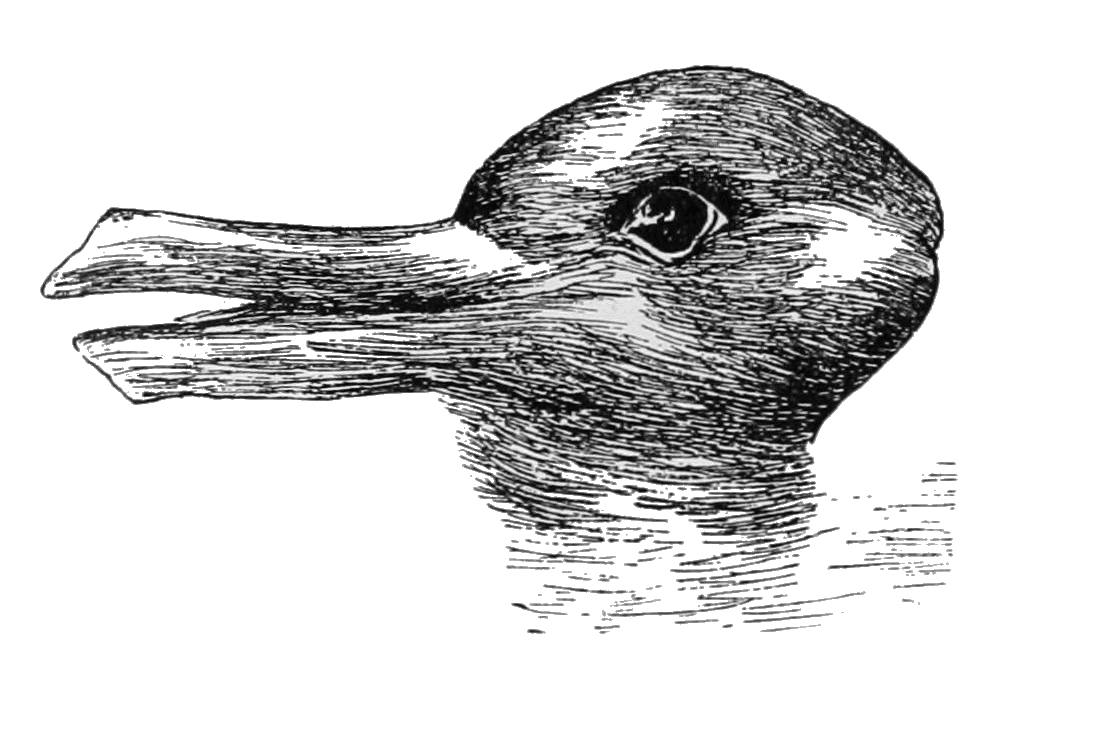
Start with the original image. Look at it and say the first animal you think of.
Was it a duck or a rabbit?
Some people see a duck looking to the left (see his eye and long beak?).
Others see a rabbit looking slightly up and to the right (the eye remains the same, but now the long beak has become the rabbit's ears!).
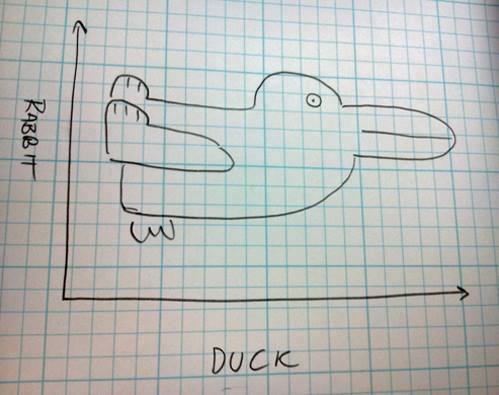
Much mystery surrounds the original artist, but we do know that the fascinating dual-animal composite came with the caption "Which animals are most like each other?"
In response to its recent reappearance, the Inquisitr reports: "There is no clear reason why this old optical illusion has suddenly gone viral, except that someone somewhere recently shared it on social media and the world was collectively enraptured by the illustration."
Technically, the duck-rabbit figure is an ambiguous (or reversible, or bistable) figure, however, not an illusion at all.
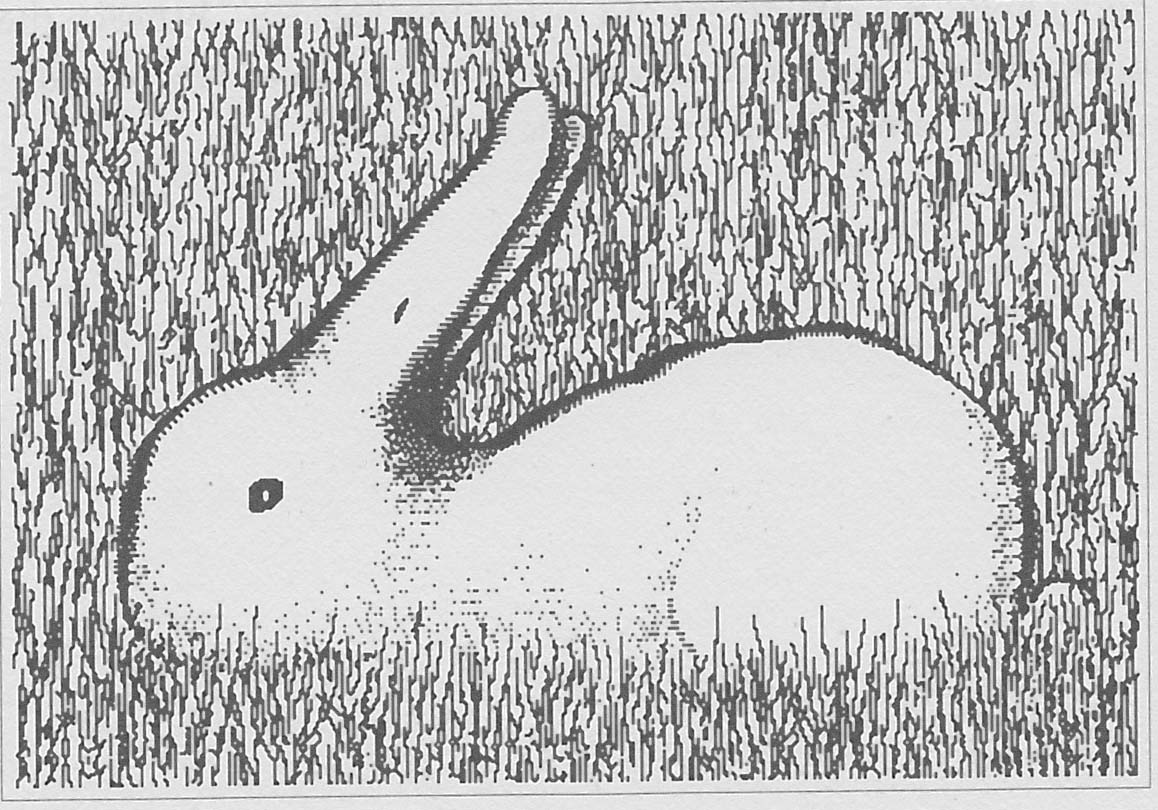
Over the years, Jastrow's "Rabbit-Duck" has been recreated in many different ways, but all of them still cause most people to do a double take.
This "real-life" version of the image was drawn by Roger N. Shepard and published in his book of illusions, ambiguities, and other anomalies of visual perception called Mind Sights.
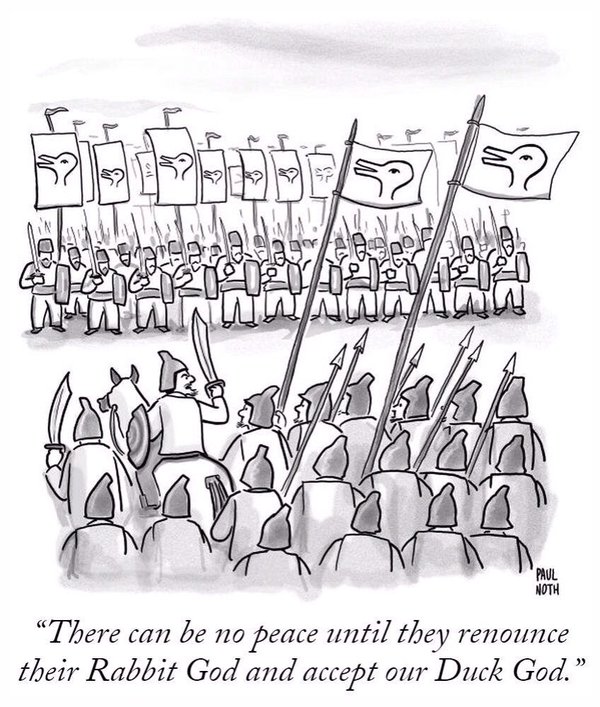
Jastrow's used the image as a tool to see how quickly people could see the second animal and how fast they could change their perception of the drawing to switch between the two animals.
The faster you can do this, the quicker your brain works and the more creative you are, the research suggested.
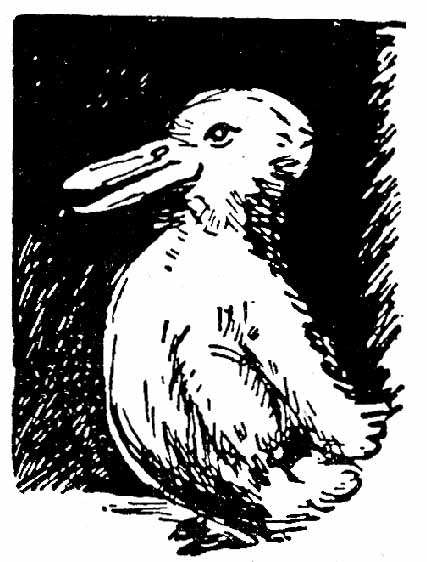
Jastrow also also theorized that a person's emotional state and surroundings would influence which animal they see.
This was partially proven by the fact that previous studies had found that people see the rabbit more often during Easter, and the duck in the fall.
A century later, educator Nathan S. Jacobs explained optical illusions in a TED-Ed video, noting that such images reveal the "brain’s job as a busy director of 3D animation in a studio inside your skull,” according to Tech Times.
"The brain assumes certain things about what the eye sees to form 'a tailored, edited vision of the world.'"

Of course, Jastrow's duck-rabbit isn't the only brain teaser that's been sparking debates all these years.
How about this one: Do you see faces or a vase? Can you make your eyes see the opposite of what you first saw?
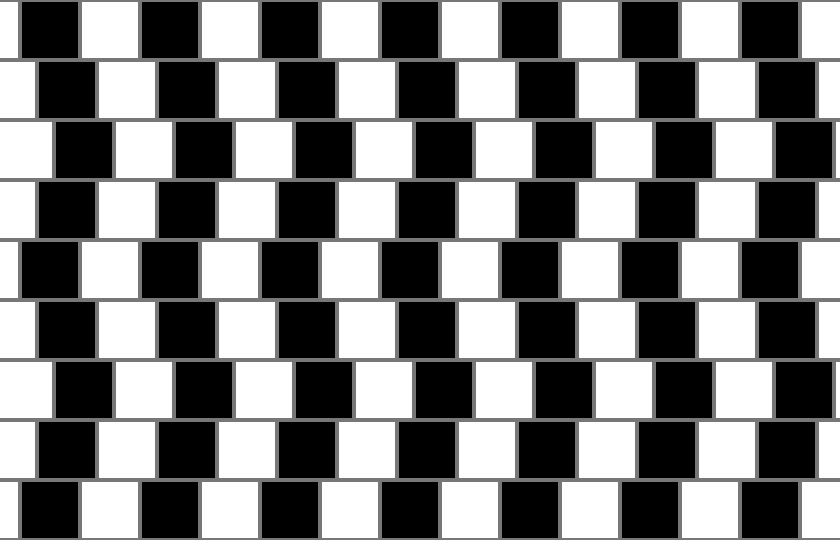
Take a look at the above picture. The rows of checkered squares appear to be slanting around at all angles, when in fact the rows are all parallel.
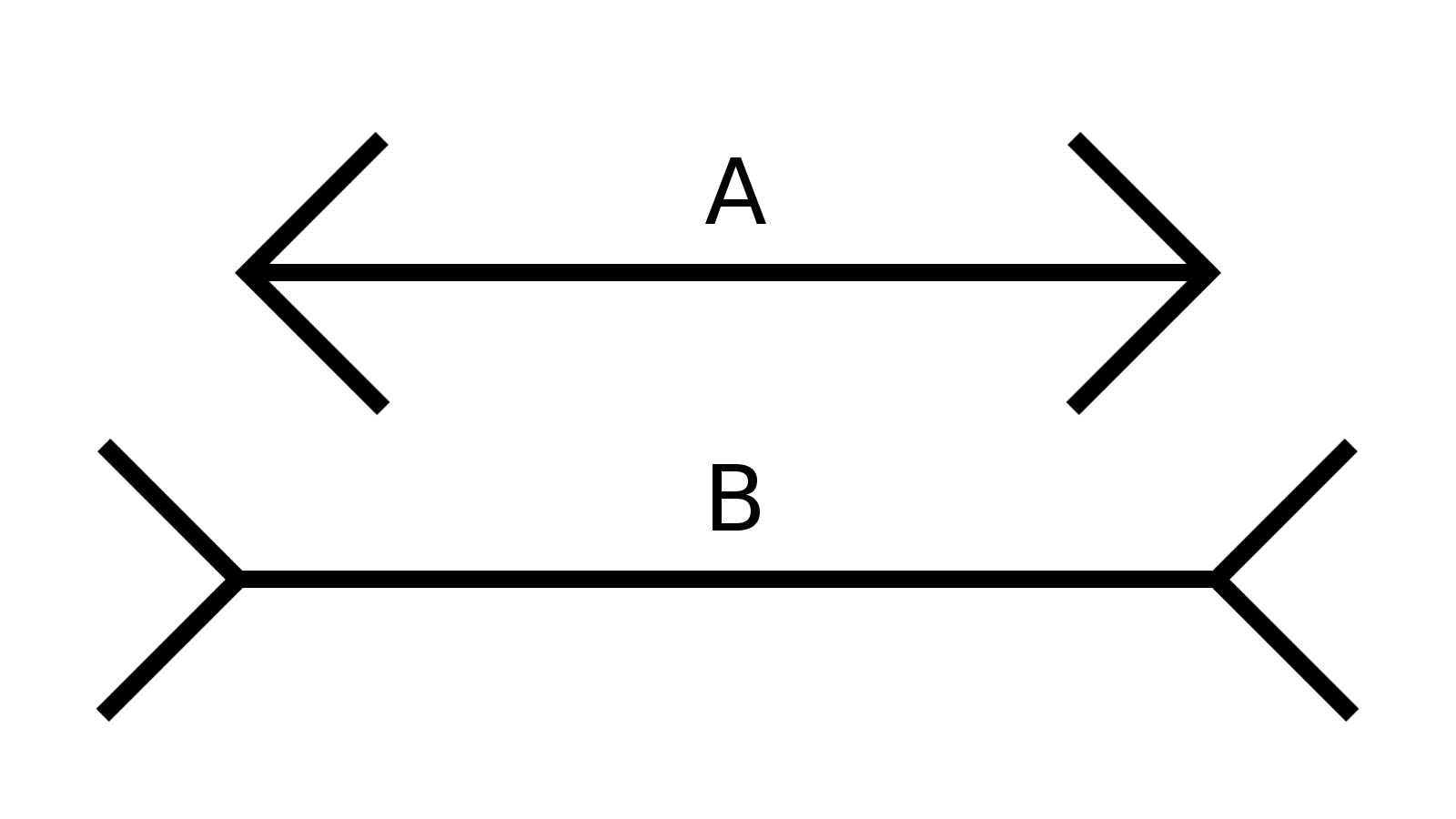
Here's another fun one: Which line is longer?
You probably said "B," but you're wrong! They're actually both the same length.
What did you see in each of these optical illusions? Tell us in the comments.
Please SHARE to find out whether your friends saw the duck or the rabbit first!

